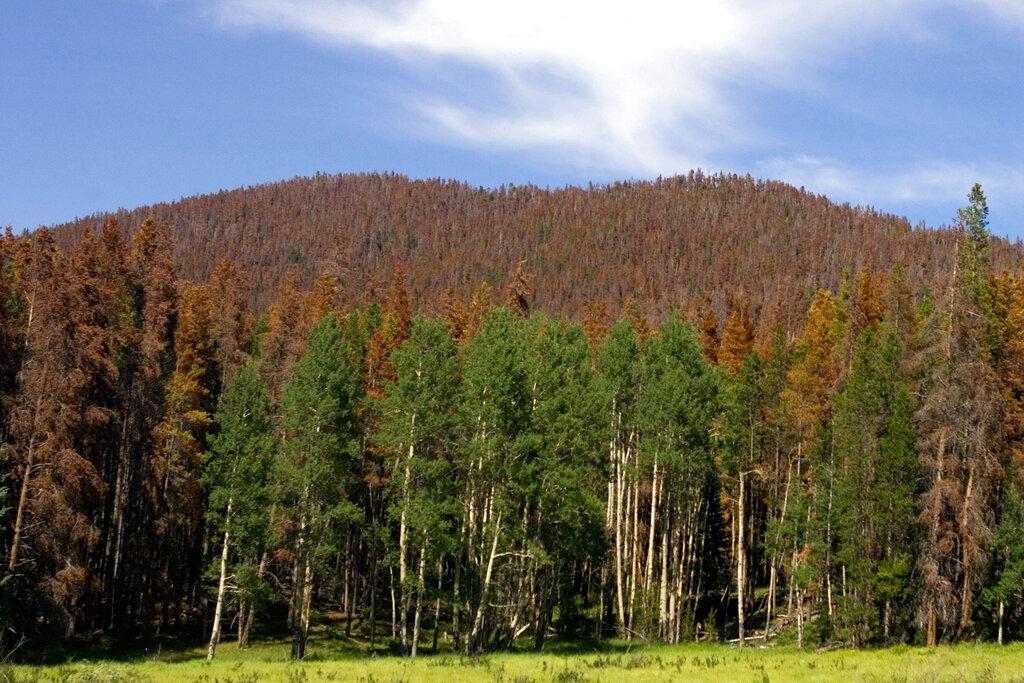

Government leaders in the Pikes Peak region warn the area is on its way to violating federal ozone standards. It’s a designation that carries potential long-term economic and regulatory consequences.
The area is described as right on the “razor’s edge” by the Colorado Department of Public Health and Environment.
It’s a familiar problem for Denver, which has been in so-called “nonattainment“ with the Environmental Protection Agency’s acceptable ozone levels since 2004. In fact, the Denver metro has been at it for a while, taking on ozone since the ‘80s under the 1977 Clean Air Act and the 1990 Clean Air Act.
Ozone matters as it is a component of smog and the EPA has continued to tighten the standard.
“When you’re right on that edge knowing that the collection of personal choices end up making a big difference in the overall situation,” said John Putnam, CDPHE’s director of environmental programs.
The Pikes Peak Area Council of Governments will work to mobilize the region to watch ozone levels and take certain steps on high ozone days. It will largely revolve around limits on the use of gas-powered vehicles — from cars all the way down to lawn mowers and leaf blowers — during the heat of summer days.
Carpooling or waiting until the evening to fill up at the gas station can make a real difference at this particular stage, said Samantha Baily, the council’s environmental planner. Ozone can exacerbate lung conditions such as asthma and emphysema and Bailey urges that those with such issues, as well as children and older adults, limit their outdoor activity on high ozone days.
The PPACG hopes the threat of EPA regulation on ozone will spur the community to take the issue seriously this summer. Especially since it will “take taxpayer money to get back into compliance,” Bailey said. She also pointed out that there will be government cooperation with the EPA alongside the time it takes for monitoring and data collection.
If the EPA does find the Pikes Peak region exceeding ozone levels, Dena Wojtach of the state’s Air Pollution and Control Division said it would have to follow a clean air plan for at least the next 20 years.
“There’s a long-term commitment to it,” Wojtach said, one that also involves more stringent permitting processes for industry and possibly extra inspections and emissions checks for vehicles in the region.
The two monitoring stations that keep track of ozone levels are in Manitou Springs and on the grounds of the U.S. Air Force Academy. As CDPHE explained it, in order to be considered in nonattainment, a region needs to measure daily eight-hour average ozone levels and determine an overall three year average per monitor in comparison to the federal standard.
Wojtach said the Manitou and academy monitors each have had high eight-hour values that exceed 70 parts per billion in 2018, but did not have high eight-hour values in the prior two years.
CDPHE also said more data is needed to fully understand the reasons for ozone concentrations in the Pikes Peak area, including environmental factors.








